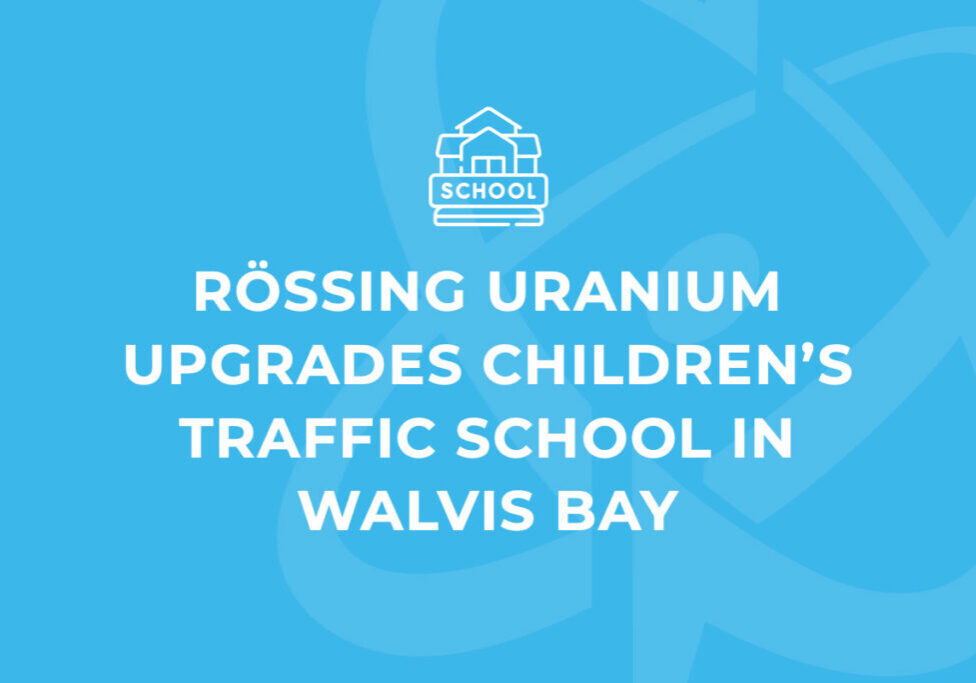News
News
Stay informed with the latest updates from Rössing Uranium. Explore industry insights, company news, and a collection of images showcasing our operations, people, and community initiatives.
All
- All
- Community
- Rössing Uranium
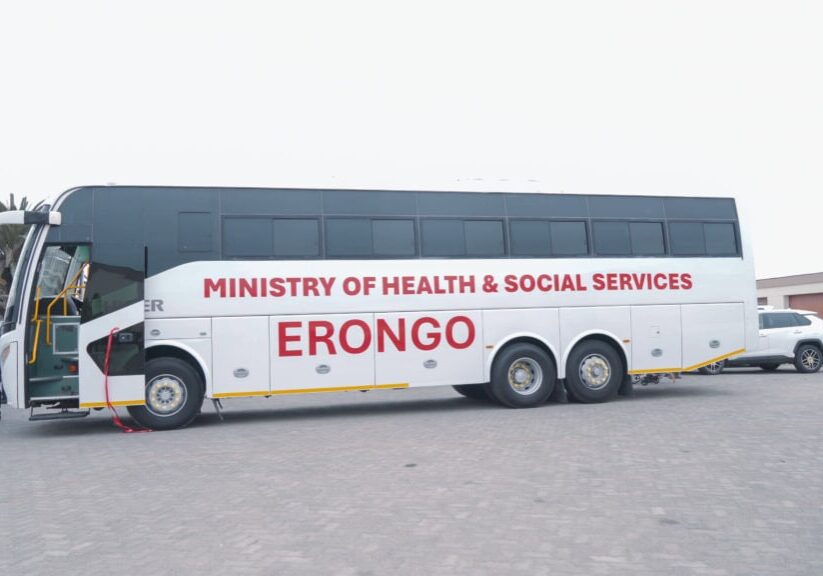
Rössing Uranium donates patient bus to Erongo Health Ministry
Mining corporate giant Rössing Uranium this week came to the aid of the health ministry with adonation of a 54-seater...
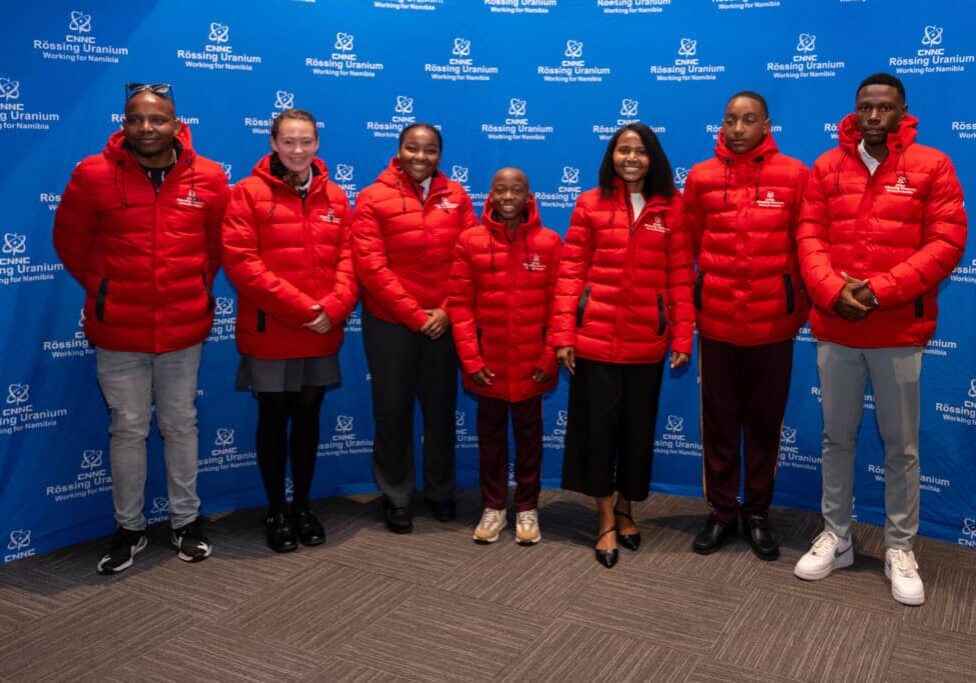
Rössing Uranium Invests in Youth Empowerment
Rössing Uranium continues to champion Namibia’s future by investing in youth education and development. This week, the company proudly awarded...
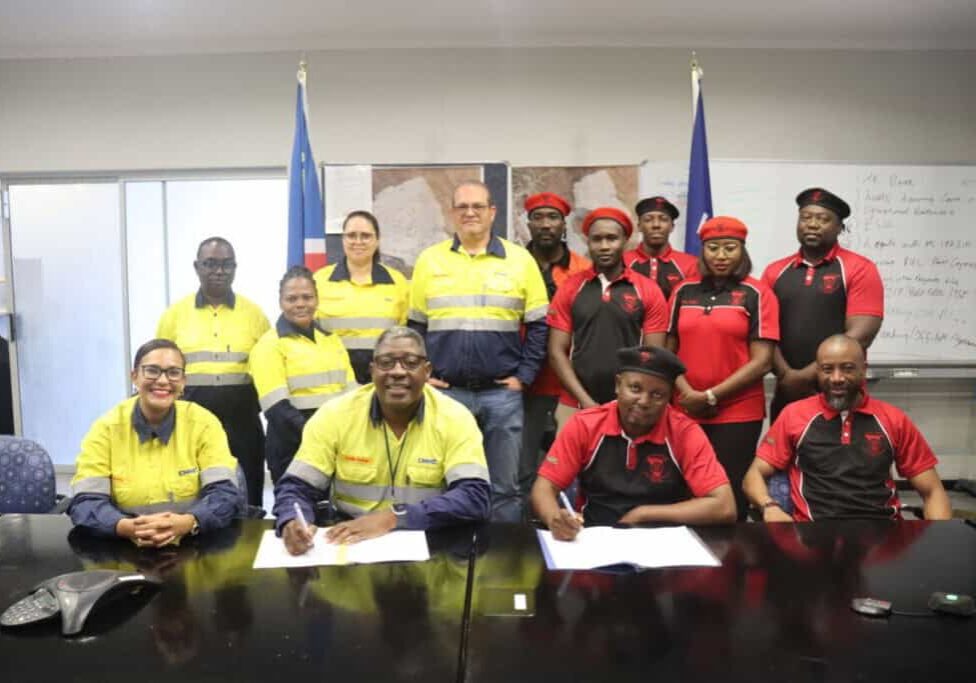
Rössing and union sign updated Recognition and Procedural Agreement
Owing to good governance and employee centric ethos, Rössing Uranium recently penned anupdated Recognition and Procedural Agreement (RPA) with the...
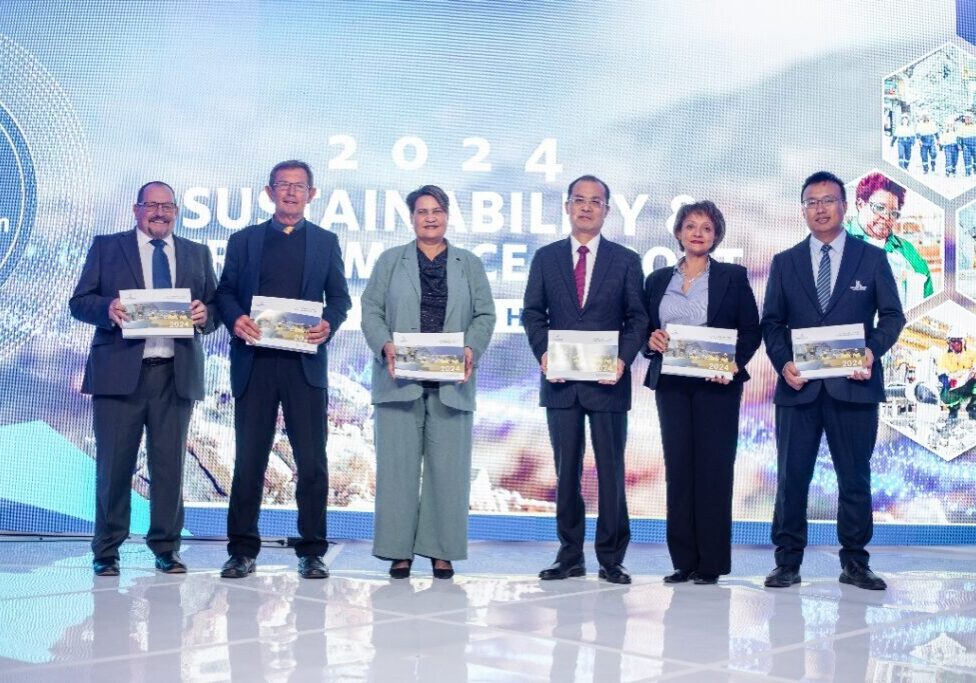
Rössing Uranium’s 2024 Sustainability and Performance Report officially launched
Rössing Uranium officially launched its 2024 Sustainability and Performance Report, on 04 June, in Windhoek. Rössing Uranium’s Managing Director Johan...
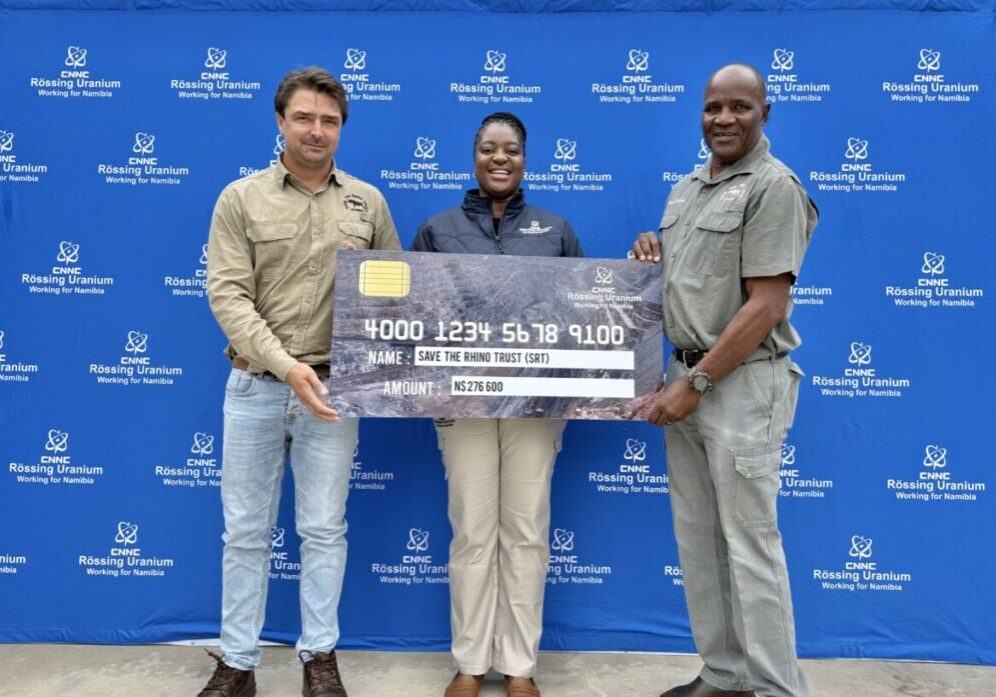
Rössing Uranium supports Save the Rhino Trust with over N$ 200 000
Rössing Uranium confirmed its commitment to supporting environmental initiatives with a donation to the Save the Rhino Trust (SRT) of...
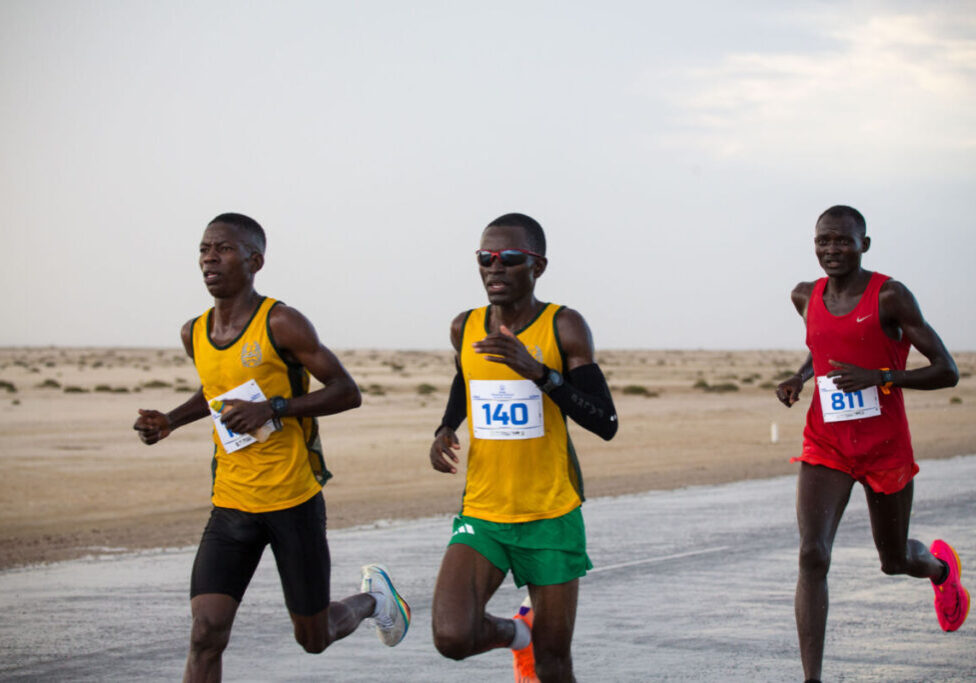
Jesaya Matheus and Alina Armas are the Rössing national marathon champions
Namibia Correctional Service’s Jesaya Matheus and Namibia Defence Force Alina Arams emerged victorious at the 34th Rössing National Marathon, on...
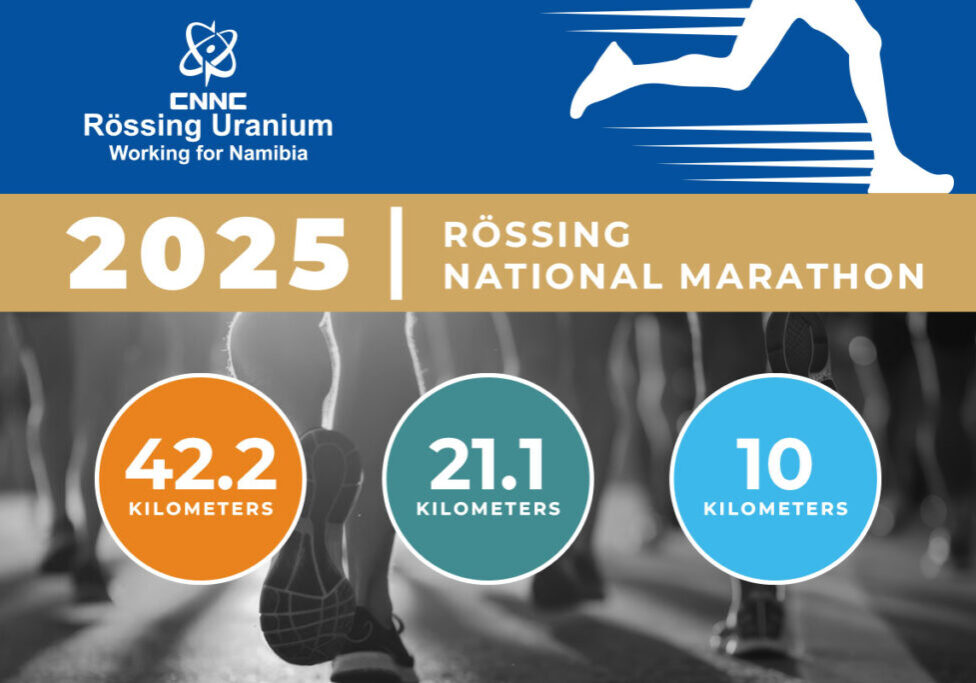
Over 3000 runners expected at the 34th Rössing Marathon
The Rössing National Marathon Championship is set to make its triumphant return for the 34th consecutive year on March 8,...
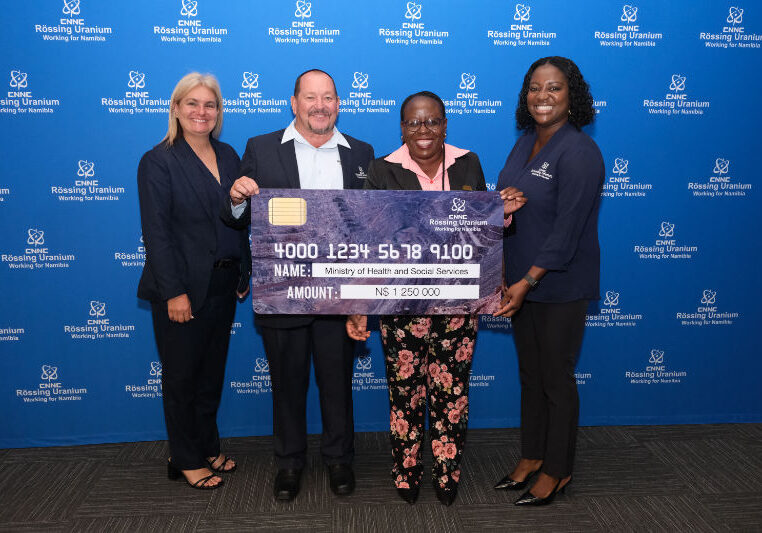
Rössing Uranium commits to upgrade Erongo health facilities
In the mine’s continued quest to give back to the community they operate, Rössing Uranium this week donated N$1,25 million...

